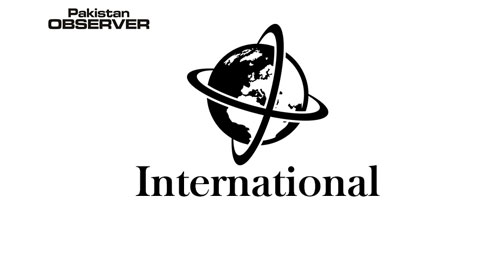Archaeologists in Georgia have found a 1.8-million-year-old tooth belonging to an early species of human which they say cements the region as the home of one of the earliest prehistoric human settlements in Europe, possibly anywhere outside Africa.
The tooth was discovered near the village of Orozmani, around 100km (62 miles) southwest of the Georgian capital of Tbilisi, near Dmanisi where human skulls dated to 1.8 million years old, were found in the late 1990s and early 2000s.
The Dmanisi finds were the oldest such discov-ery anywhere in the world outside Africa and one which changed scientists’ understanding of early human evolution and migration patterns.
The latest discovery at a site 20 km away pro-vides yet more evidence that the mountainous south Caucasus area was likely one of the first places early humans settled after migrating out of Africa, experts said.
“Orozmani, together with Dmanisi, represents the centre of the oldest distribution of old humans — or early Homo — in the world outside Africa,” the National Research Centre of Archaeology and Prehistory of Georgia said, announcing the discovery of the tooth on Thursday. Giorgi Bidzinashvili, the scientific leader of the dig team, said he considers the tooth belonged to a “cousin” of Zezva and Mzia, the names given to two near-complete 1.8-million-year-old fossilised skulls found at Dmanisi.—Reuters










